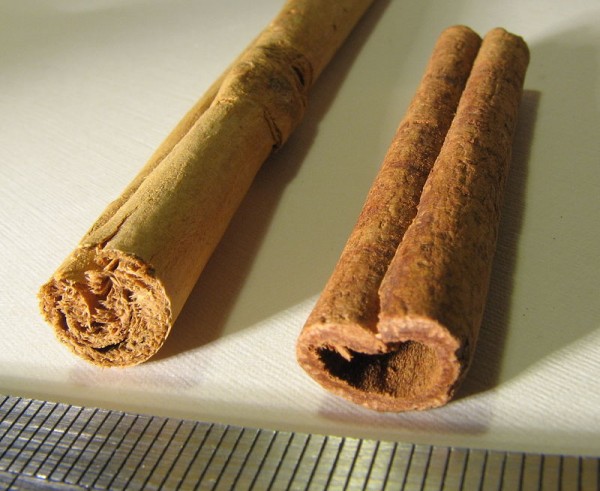
Many pastries and other foods in bakeries and restaurants contain cinnamon to enhance the taste. However, there are many people who suffer from allergies to cinnamon and don't even realize that it is in their food.
This can be a difficult problem since cinnamon can often be contained in foods without most people noticing.
Cinnamon oil has been known as a contact allergen since the 19th century, when sucking on Cinnamon-soaked toothpicks was found to cause contact dermatitis .The most common reactions described are those of allergic contact dermatitis or irritant contact dermatitis. Although immediate hypersensitivity reactions are possible, many reported allergic contact dermatitis cases occur as a result of delayed type IV reactions, according to healthdiaries.com.
Because many products contain cassia and not true cinnamon, it may be difficult to figure out which one you are allergic to. Most "cinnamon" on grocery store shelves is actually cassia. If you have an unidentified allergy that occurs when you eat foods that contain generic "spices" or cinnamon, you might want to investigate the possibility of a cinnamon allergy.
Cinnamon Allergy Symptoms
Skin dermatitis
contact with cinnamon may result to having inflammation of the skin. Patients may experience having eczema, irritation and blistering. The first signs observed may include redness or occurrence of rashes in the area of skin that came in contact with cinnamon, according to livestrong.com.
Upset stomach
Gastrointestinal upset is one of the dangerous symptoms that should be observed by those who are suspected to have allergy to cinnamon. Signs may include diarrhea, vomiting or stomach cramps. The observance of these symptoms may vary from minutes to couple of hours after cinnamon has been eaten, as emphasized by the American Academy of Allergy, Asthma and Immunology.
Facial swelling
This is an especially common sign of allergy. Patients with cinnamon allergy usually experience bloating of the face coupled with consistent coughing and vomiting.
Anaphylactic Shock
Compared to other symptoms, this usually occurs in lesser frequency. However, this may be considered as the most dangerous sign of cinnamon allergy because of it being potentially life-threatening. Anaphylactic shock may be observed after having unusual heartbeat, dizziness or lightheadedness, delirium or confusion, sudden drop in blood pressure, shock, and loss of consciousness as suggested by Medline Plus. Patients who experience these signs after eating cinnamon are highly advised to see a doctor immediately.
Cinnamon Allergy Symptoms in Children
The most common sign of cinnamon allergy observed among infants and younger children is skin dermatitis. Parents may observe swelling, irritation and redness around the skin area that came in contact with cinnamon. This can be treated simply by washing the area with soap and water. Persistence of the irritation can be relieved by applying a small amount of hydrocortisone.

